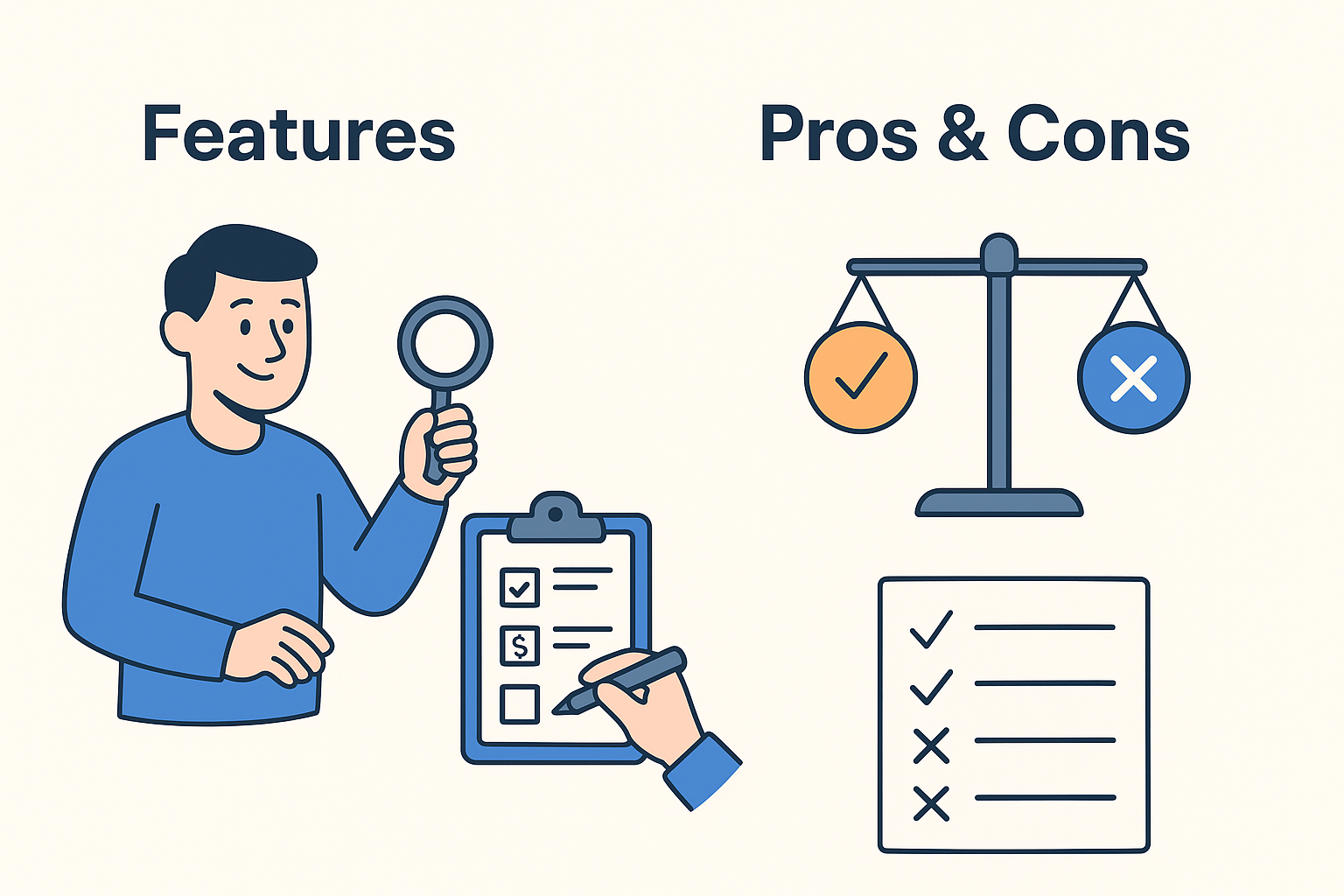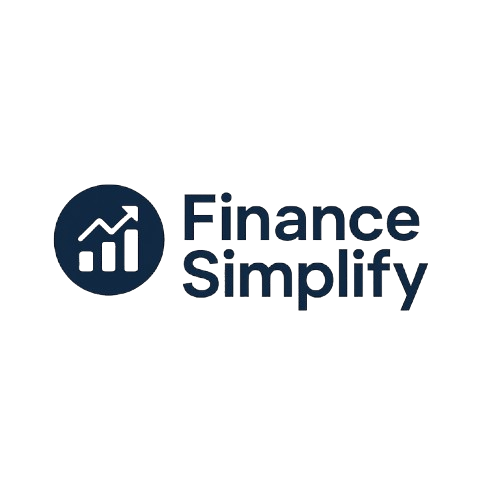Introduction to Rental Investment Calculator
If you’ve ever thought about diving into real estate but felt unsure about whether a property would actually make you money, a rental investment calculator might just be the tool you need. Instead of relying on guesswork, this calculator helps you crunch the numbers—projecting rental income, estimating expenses, and showing your potential return on investment before you even sign a deal. In today’s fast-paced housing market, using a rental investment calculator can mean the difference between a smart, profitable investment and a costly mistake.

What Exactly Is a Rental Investment Calculator?
At its core, a rental investment calculator is a software tool designed to answer one critical question: “Will this property make me money?”
Think of it as a financial modeling engine. You enter details like:
- Purchase price and down payment
- Loan terms (interest rate, amortization period, monthly payment)
- Rental income (either estimated or pulled from local market data)
- Operating expenses (taxes, insurance, utilities, repairs, management fees)
- Vacancy assumptions (how often the property sits empty)
- Future rent growth or expense inflation assumptions
With this data, the calculator runs the math and spits out the metrics that investors live and die by:
- Monthly cash flow (income minus expenses)
- Cap rate (net operating income ÷ property value)
- Cash-on-cash return (cash flow ÷ cash invested)
- Internal rate of return (IRR) for long-term scenarios
Why It Matters More Than Ever
The real estate landscape has shifted dramatically in the last decade. Housing prices have soared, mortgage rates fluctuate unpredictably, and rental demand has exploded in some markets while softening in others.
This volatility makes “back of the napkin math” dangerous. You can’t just assume rent will cover your mortgage anymore. You need to model multiple scenarios:
- What happens if interest rates rise by 1%?
- What if rents grow slower than expected?
- How much vacancy can I afford before my deal turns negative?
A good rental investment calculator lets you answer these questions before you sign on the dotted line. In fact, I’d argue that in today’s market, not using one is like driving blindfolded.

Key Features of Rental Investment Calculator
1. Detailed Expense Inputs
A solid calculator lets you enter more than just property tax and insurance. You should be able to account for repairs, maintenance reserves, HOA fees, utilities, and management costs. Too many investors underestimate these, and that’s why they get burned.
2. Mortgage and Financing Options
The ability to test different down payments, loan terms, and interest rates is huge. I once modeled a property at 20% down versus 10% down. On paper, the lower down payment looked attractive because it freed up more cash—but the calculator showed me how it actually destroyed my cash-on-cash return.
3. Vacancy and Rent Growth Assumptions
Rentals aren’t occupied 100% of the time. The better calculators let you model different vacancy rates and even long-term rent growth. That’s crucial if you’re holding for 5, 10, or 20 years.
4. Market Data Integration
Some calculators pull in real rental comps or average neighborhood expenses. This saves you from making wild guesses, though you still need to sanity-check the numbers.
Scenario & Sensitivity Analysis
This is where good calculators really shine. They let you ask “what if” questions: What if interest rates go up? What if expenses rise by 10%? What if rent dips? Seeing how fragile (or resilient) your deal is under different scenarios can save you from buying a lemon.

Pros of Rental Investment Calculato
- Saves massive time compared to building custom spreadsheets.
- Helps avoid bad deals by exposing hidden risks like vacancy or maintenance spikes.
- Keeps you objective — it’s easy to fall in love with a property emotionally; numbers keep you grounded.
- Lets you compare deals side by side quickly.
- Forces discipline in your assumptions (no more “I’ll just wing it”).
I can honestly say that using a rental investment calculator has saved me from at least three bad deals that looked promising at first glance. That alone justified the subscription cost many times over.
The Cons of Rental Investment Calculato
- Garbage in, garbage out — the accuracy depends entirely on the assumptions you feed it.
- Market data can be misleading — in smaller towns or unique properties, automated comps might be way off.
- Doesn’t replace due diligence — you still need to physically inspect the property, talk to locals, and understand neighborhood trends.
- Costs money — the best calculators aren’t free. While many offer trials, full functionality often requires a paid plan.
- Temptation to over-rely — some beginners trust the calculator as if it’s a crystal ball. It’s not. It’s a guide, not gospel.
Real-World Use Cases
Individual landlords: Run the numbers on a single-family rental before committing. See if it’s cash-flow positive after realistic expenses.
Small portfolio investors: Compare 5–10 potential deals quickly and choose the best one for your portfolio.
Real estate agents: Help clients see if the property they’re considering makes financial sense. It’s a trust-builder and deal-closer.
Developers and flippers: Model hold vs flip scenarios. Sometimes renting beats flipping, sometimes it doesn’t—the calculator shows you.
Students or beginners: Use it as an educational tool to understand how different factors (interest rates, vacancy) impact returns.
I once mentored a beginner investor who was convinced his duplex would cash flow. When we ran the numbers through a calculator, he realized that after management fees and realistic vacancy, he’d actually be negative $100/month. That single calculation probably saved him years of stress.
Who Should Use It
If you’re actively evaluating real estate deals, a rental investment calculator is non-negotiable. You need it.
If you’re just casually browsing or investing purely on intuition, you might not bother. But even then, I’d argue it’s worth trying once—you might be surprised how much your “gut feel” differs from reality.
Final Verdict: My Honest Take
Would I recommend a rental investment calculator? Absolutely—with a caveat.
It’s a tool. A very good tool. But not a magic wand. It doesn’t replace research, inspections, or market knowledge. What it does is give you clarity, discipline, and confidence in your numbers.
In my experience, it’s one of the few tools in real estate that actually pays for itself many times over. If you avoid just one bad deal, the subscription has already been worth it.
FAQs
Q1: Can I use it for Airbnb or short-term rentals?
Yes, many calculators now support variable occupancy rates, seasonal rent assumptions, and higher expense categories common with vacation rentals.
Q2: Are these calculators U.S.-only?
Some are U.S.-focused, but others allow you to input any market’s data manually. Even without local comps, the math still works globally.
Q3: What’s a “good” ROI for rental property?
It depends on the market. Generally, 5–10% is solid in stable cities. Higher-risk markets might aim for 12%+.
Q4: Should I still use Excel?
You can. Many pros still do. But calculators speed things up and help prevent formula errors.
Q5: Can they predict appreciation?
Not really. They can model assumptions (say, 3% annual growth), but future market appreciation is always uncertain.


Leave a Reply